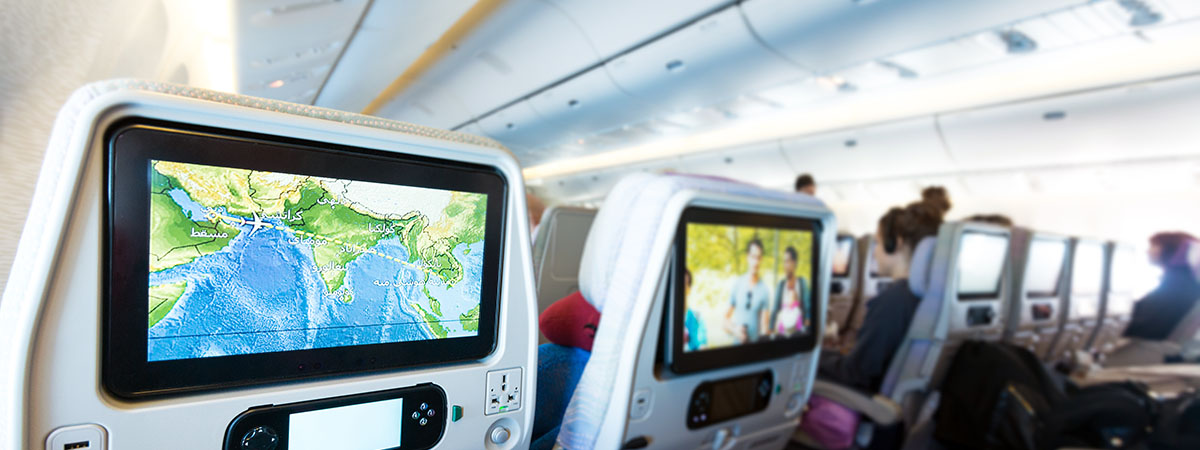It’s 5:30 in the morning. I’m in a taxi, on my way to the airport; today I have to fly. The radio is broadcasting the latest news regarding the global evolution of COVID-19. Among other items, the spotlight is on health and safety on flights, both domestic and international; and I am on the way to catch my flight.
As I get closer, lights begin to appear in the distance, and I am thinking … air travel is considered one of the safest means of transportation. Airport operators and airlines have implemented all the regulations and recommendations drawn up by the relevant government agencies, scientific societies, even by the airlines themselves. Solutions have been created for all kinds of circumstances to avoid contagion at airports, from staggered arrivals, to controls, restricted access, closure of some common areas, even medical tests at some airports. In addition to complying with the basic regulations – social distancing, use of masks and hand hygiene – check-in, boarding and billing systems have been updated to minimize contact. But what about the fear of contagion inside the aircraft cabin?
The configuration of aircraft cabins and measures imposed by airlines make it possible for us to affirm that flying is quite safe in times of pandemic.
Let’s take a look at this topic, taking into account the exceptional conditions surrounding a flight in this regard. Let’s think that the atmosphere that surrounds the earth’s crust is composed of different layers. The innermost layer where we live is the troposphere, which extends up to 10,000-15,000 m above sea level. Today’s commercial aircraft fly within this zone. From an altitude of 3000 m, the decrease in barometric pressure produces an environmental hypoxia, which requires the use of supplementary oxygen.
In general, commercial airliners fly at around 9,000 to 12,200 m, making it impossible to breath. For this reason, aircraft must supply air inside the cabin. This air must be pressurized, in other words, it must increase its pressure with respect to the exterior, taking the outside air and compressing it, then pumping it back into the cabin.
Outside, the temperature drops by approximately 2ºC for each 300 m of altitude, so the cabin air must also be heated before pumping it inside. Due to these temperature jumps, the air is sterile. In addition, it is low humidity (5%), which is another environmental factor that reduces the proliferation of germs in suspension.
In addition to the problems derived from changes in barometric pressure, the exterior environment at these altitudes creates another handicap: the concentration of ozone which increases with altitude. This gas is toxic for the respiratory system, therefore, to control this problem and decrease its concentration, aircraft must install ozone catalysers. In turn, ozone is an extremely effective germicide against viruses and bacteria.
Most commercial aircraft completely recirculate air within the cabin, approximately every 3 to 4 minutes, to improve humidity and energy efficiency. This air goes through a sanitising process: it is filtered to retain particles smaller than 0.3 µm in diameter by means of high efficiency activated carbon (HEPA) filters similar to those used in hospital operating theatres. This system is considered effective to retain – in addition to suspended particles – bacteria, fungi and even viruses expelled while speaking, coughing and sneezing.
The ventilation system in the cabin creates vertical air flow, in other words, it comes from above and is collected below, which means that air does not move forward and backward; air is not shared between passengers and is renewed more effectively.
There is no evidence of indirect contact in contagions on commercial flights. The use of suitable filters, the processes that are used to condition the cabin and the correct renewal of air, reduce the risk of indirect infection by concentration.
If all of this is combined with a series of practices, such as those already used by most airlines – use of masks during flights, elimination of onboard catering on short flights and social distancing between passengers (when possible) or maintenance of air conditioning between flights – the barriers against contagion are very effective.
This is why the risk in cabins is reduced to similar situations on earth, between two people wearing masks, outside in the fresh air, two meters apart.
So…let’s fly today.



